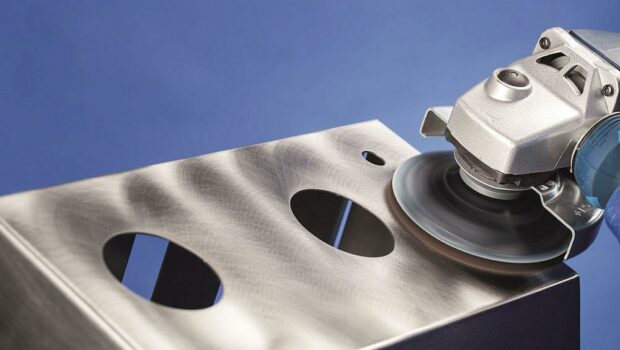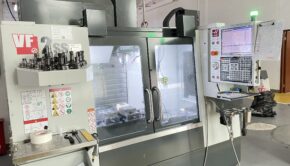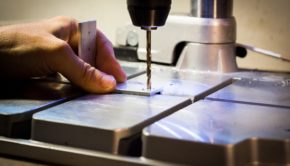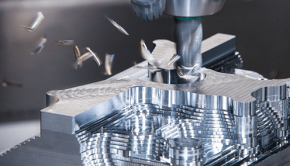9 Common Surface Finishes In Metal CNC Machining
Every metal CNC machining part is expected to last long and meet specific requirements. These requirements may range from various kinds of resistance to aesthetic needs. Surfaces of finished parts may come with scratches and characteristic patterns. These scratches could be due to the type and sharpness of cutting tools or the material used for the product. Metal surface finishing is one way of altering the surfaces of metal machined parts. It is the final step of most metal manufacturing processes.
Metal surface finish helps to improve the aesthetics of the final part and provides environmental protection. Furthermore, this process helps to reduce surface roughness that machining operations for specific parts can’t handle. In this guide, we will review some of the major surface finish methods in metal machining. This guide also provides applications and factors to consider when choosing a finishing process. Let’s dive right into it!
What Are the Common Metal Surface Finishes?
There are a variety of metal finishing processes available for different purposes. Here are some of the most commonly used methods:
Lapping
The lapping process involves the use of a lapping machine to give a precise finish on metal components. The lapping machine comes with two plates. These plates roll simultaneously in different directions. There is an abrasive liquid in between the plates to enable the workpiece that goes in between the plates to get a very precise and mirror appearance. The result of the first lap is an accurate finish on one side. However, the finish can be two-sided depending on the material and application of the component.
Polishing
Polishing involves the modification of the custom CNC parts’ surface using polishing tools and abrasive materials. Polishing is a very efficient process, and you can easily improve its efficiency.
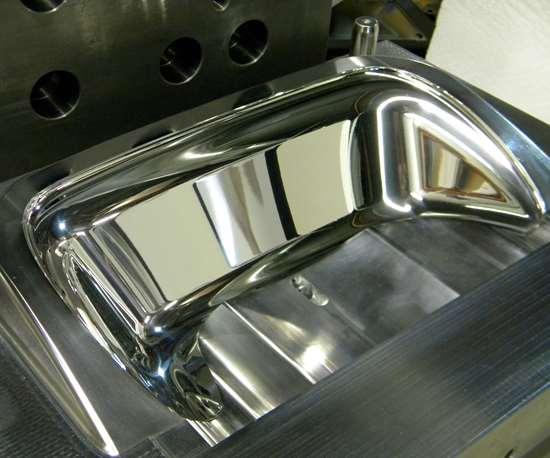
For instance, different types of polishing, like glazing, can be more efficient when you use a mirror gloss or polishing wheel. These materials will improve the dimensions and accuracy of your finished component.
Electroplating
This process is also known as metal plating. It involves using electricity to improve the quality of a metal surface. An electric current passes through a fluid bath. This bath contains ions of the added metal and the treated material (substrate). The substrate acts as a cathode to attract the ions in the bath solution. This way, you will get the desired surface finish.
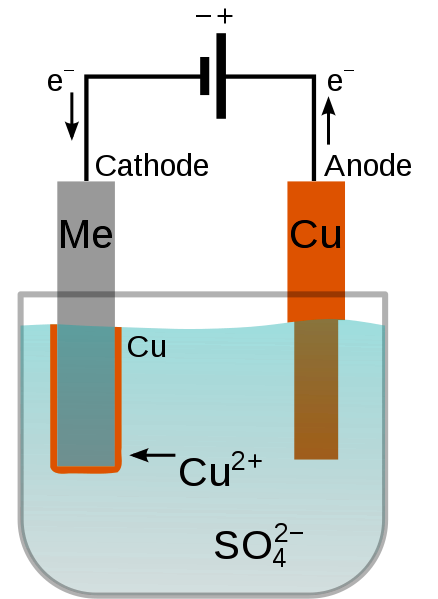
Electroplating comes with a myriad of benefits. It increases durability, improves corrosion resistance, reduces surface friction, and offers better aesthetics. This process works well with a wide range of metals. However, copper, gold, nickel, and silver are the most commonly used.
Anodizing
Anodizing is a chemical oxidation process. In this surface finish method, a thin metal oxide adds onto the surface of the metal component. This metal oxide layer protects the metal material from corrosion and other forms of wear and tear.
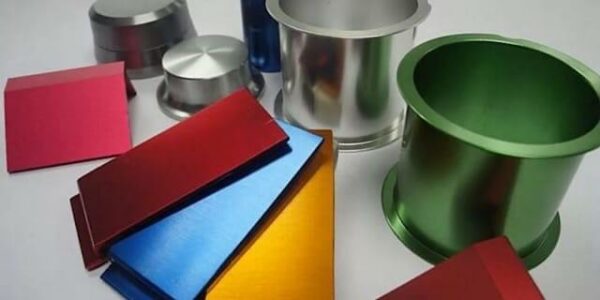
There are two major types of anodizing for custom CNC parts. The first one is Anodizing Type II, which is the standard anodizing. It produces a coating that is uniform and corrosion-resistant. It enables the dying of parts in different colors, making it for its “decorative anodizing” name.
The second type is anodizing type III, commonly called Hardcoat Anodizing. Coating from this type are usually thick, ceramic coatings. They offer the metal part high density as well as excellent wear and corrosion resistance.
Passivating
Passivating is a chemical treatment used on stainless steel materials and other alloys. This process enhances the corrosion resistance of treated metal parts. The chemistry of any passive layer on the metal surface is enhanced using this method. There are different passivating methods. They include:
- Tank Immersion – Helps to create uniformity of finish on fabricated surfaces and offers corrosion resistance benefits.
- Circulation – Involves circulation of chemical solution through a system of pipework.
- Application of Spray – This is great for the on-site treatment of metal materials. The high velocity oxygen fuel sprays semi-molten droplets of coating material, resulting in coated surfaces with the most desirable qualities.
- Application of Gel – This is a manual treatment involving the brushing of gels onto the metal surface. It is the ideal method for the treatment of spots from welding and some other intricate areas.
Black Coating
This metal surface finishes method coats parts using a method known as chemical conversion. It works perfectly on steel, aluminum, stainless, brass, copper, and several other materials. If you do not fancy the electroplating process, this is the method for you. In this method, salts are included in the black oxide solution, acting as oxidizers. The solution reacts with the iron present in the metal material to create coatings over its surface. It offers benefits such as reduced friction and corrosion resistance.
Parkerizing
Parkerizing is another method that helps to improve surface roughness, wear and corrosion resistance, and protection from defects. This method is best used on ferrous metals, including steel and steel alloy, cast iron, and wrought iron. It offers added protection to these materials from corrosion. However, it is not suitable for non-ferrous metals such as aluminum, brass, copper, and plastic items. Many manufacturers tag it as one of the best methods for firearms and automobile parts.
Powder Coating
It involves the infusion of a thin, protected polymer layer on the metal machined part’s surface. Also, there is the spraying of dry powder on the component’s surface.
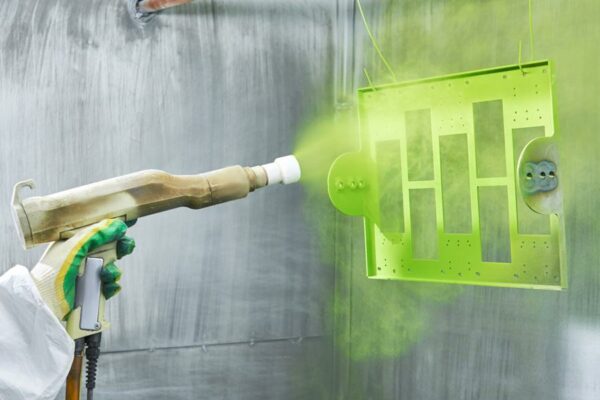
The first thing is to ready the parts with a chromate coat or using Parkerizing. Then, an electrostatic spray helps to coat the material with the dry powder. There is a wide variety of colors available. This method is very strong, providing corrosion and wear-resistant surface finish.
Brushing
Designers recommend brushing for achieving the desired pattern of metal surfaces. Brushing forms different kinds of line patterns on the surface. It could be straight, swirled, or chaotic. Most manufacturers use brushing on metal machined parts after electroplating. Brushing offers more aesthetic advantages than protection.
How to Choose the Right Surface Finish for Your Prototype?
Getting the desired surface finish for metal machining parts depends on various factors. Generally, the most important factors to consider are:
Cost: You might have noticed some surface finishes and deemed them fit for your application. However, many of these methods are complex. They may require equipment and tools that are expensive. This way, you may go beyond your estimated budget. Therefore, you have to make a cost-effective decision. That is, you should choose a surface finish process that is within your budget.
Material: Some surface finishing processes are more suitable for certain materials than others. In most cases, the harder the metal material, the more intense the finish would be. In this guide, some of the methods have been linked with suitable materials. Check them out to make informed decisions.
Aesthetic Requirements: Some applications place aesthetics over surface protection. It would be best if you considered these applications when choosing the surface finish for your component.

